A standout trade lane for Antwerp is the trans-Atlantic, where traffic with the US has continued its first-quarter growth through the first half, although the impact of tariffs hangs over the corridor.
“The outlook for the second half of 2025 remains uncertain,” the Antwerp-Bruges statement noted. “Much will depend on a potential trade agreement between the EU and the US by Aug. 1, which could restore greater certainty and predictability in the supply chain.”
But the likelihood of a US-EU trade deal appears to be diminishing. President Donald Trump sent a letter to Brussels this week threatening to impose 30% blanket tariffs on European imports beginning Aug. 1, surprising EU officials who thought they were close to a preliminary agreement with the US.
In response, Brussels is now readying a fresh list of American products to hit with retaliatory tariffs if a trade deal isn’t reached by the deadline.
One of the sectors hardest hit by the US trade war is automotives. Vehicle exports via Antwerp to the US have seen a clear decline in the first half as tariffs dragged down the numbers. In the first six months of the year, 15.9% fewer new passenger cars and vans (76,089 units) and 31.5% fewer trucks and heavy vehicles (11,751 units) were exported, according to the port.
Antwerp data shows European first-half imports from the US increased 13.1% year over year to 9.7 million tons, with higher volumes in containers and liquid bulk. Exports to the US rose 23.5% to 6.7 million tons, driven mainly by fuels and dry bulk.
Antwerp container exports to the US remained stable at 303,000 TEUs, while container imports rose 12.6%.
Source: Journal of Commerce




